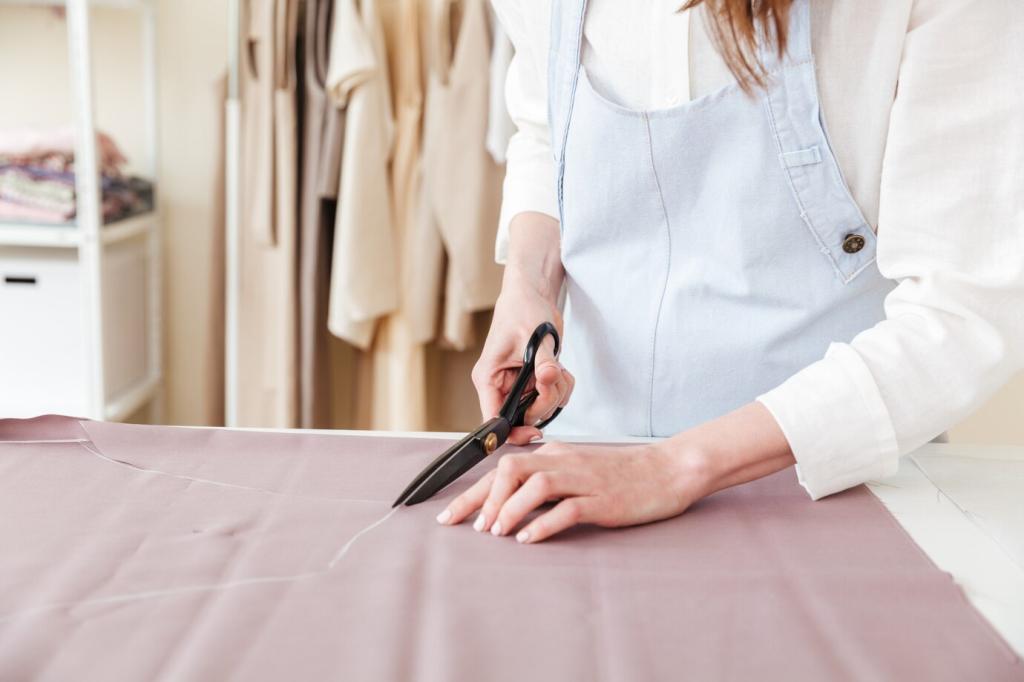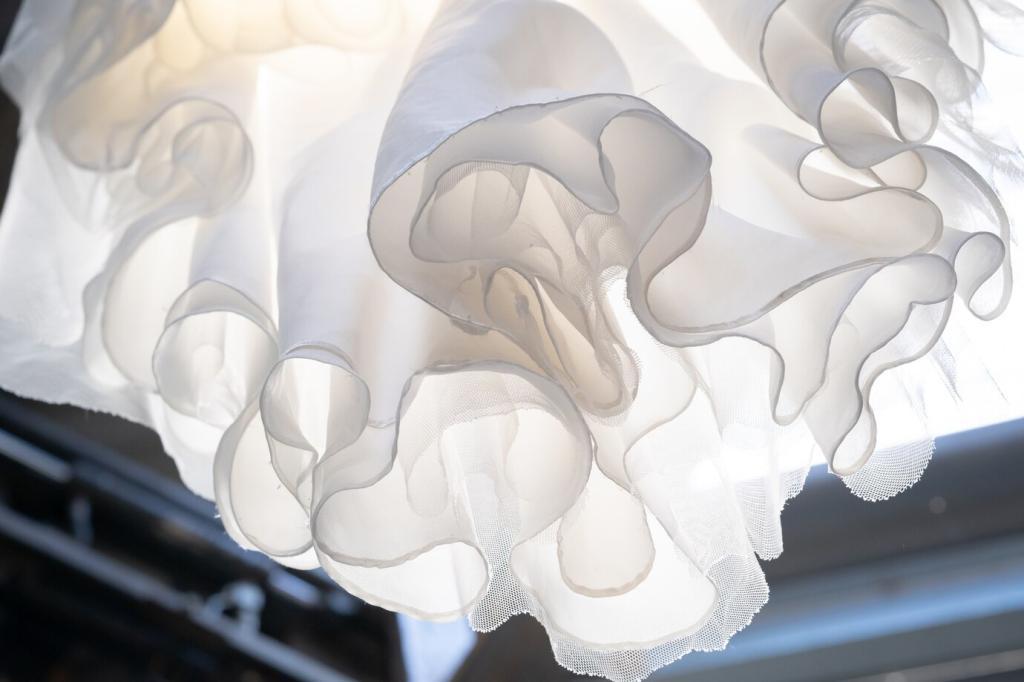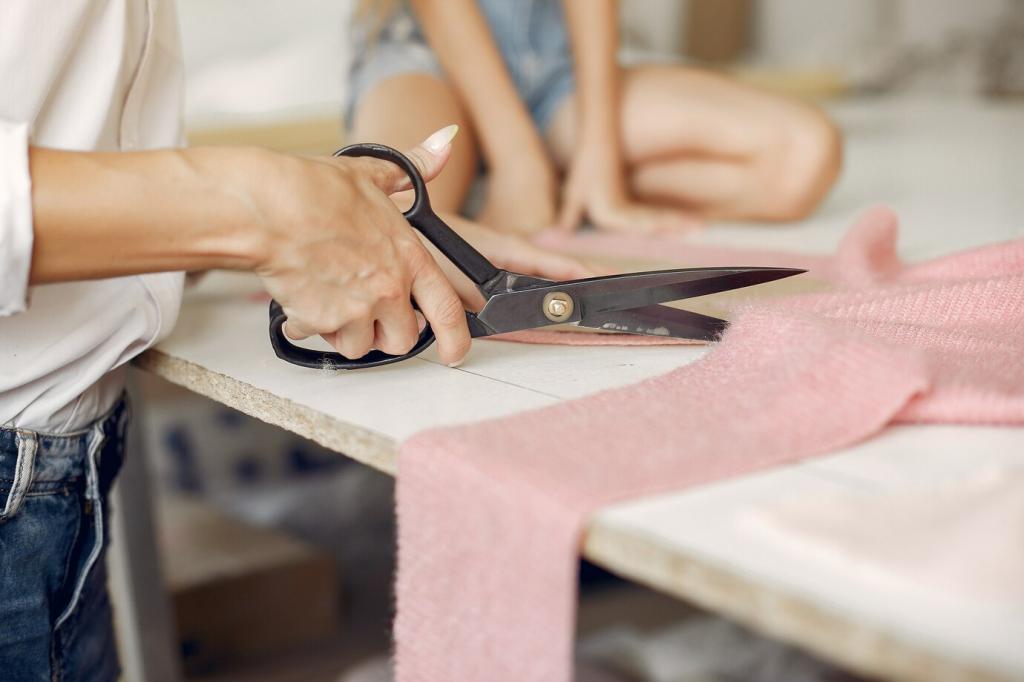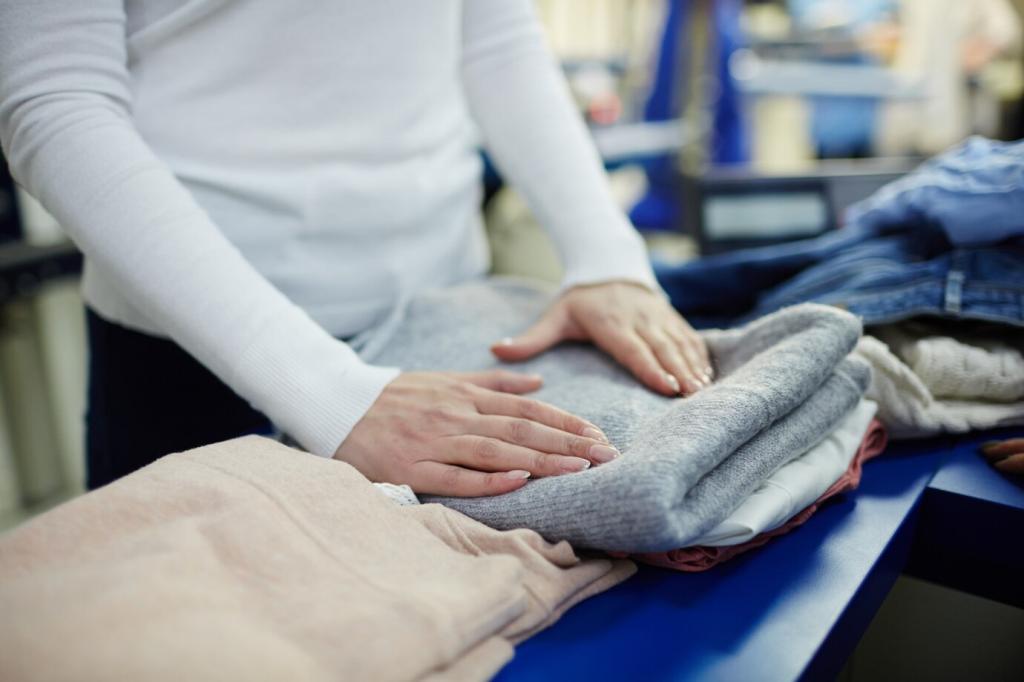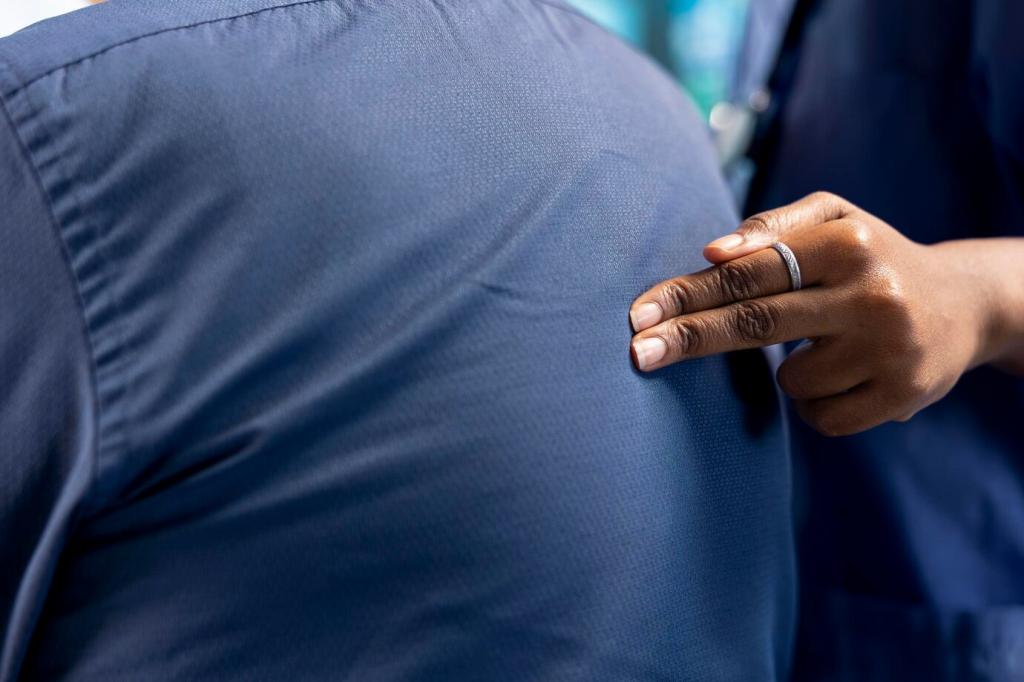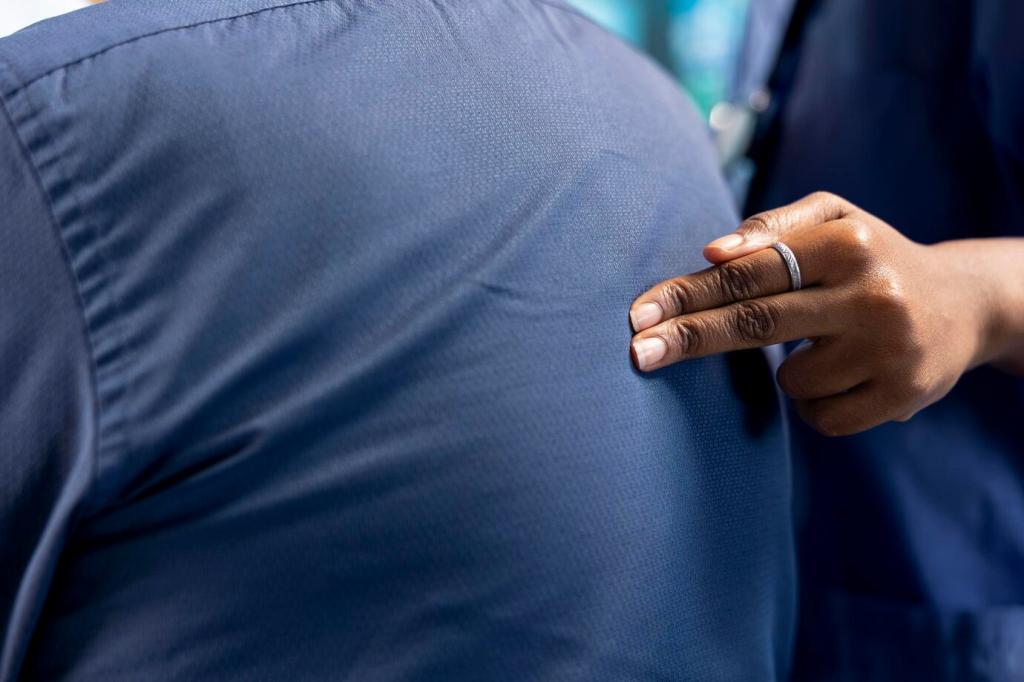Know Your Silk: Fiber Facts That Shape Every Wash
Mulberry silk is typically finer, smoother, and more uniform, while tussah can be heartier and slightly textured. Knowing your fabric helps you pick gentler methods, adjust water temperature, and select a detergent that preserves luster rather than stripping delicate protein fibers.
Know Your Silk: Fiber Facts That Shape Every Wash
Silk is a protein fiber like human hair and is sensitive to alkalinity. High-pH detergents can roughen the surface and fade sheen. Choose a silk-safe, neutral detergent and avoid enzymes or bleach, then rinse thoroughly to remove residue that can cause stiffness or dullness over time.

